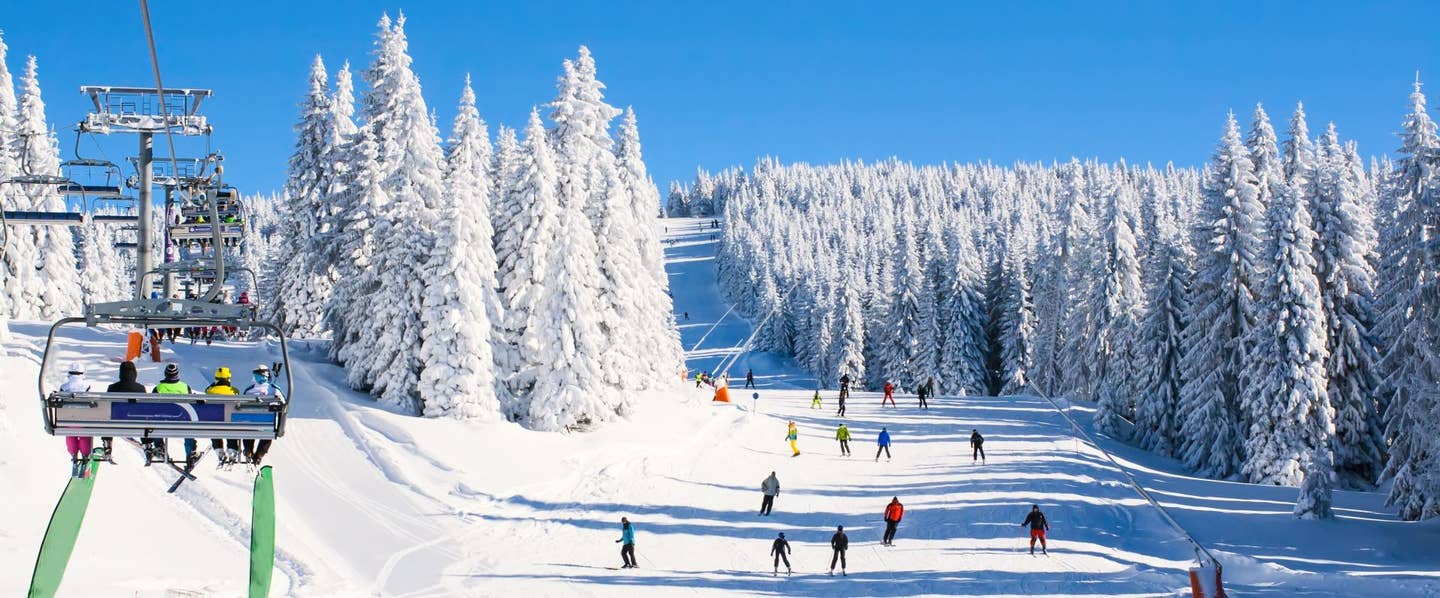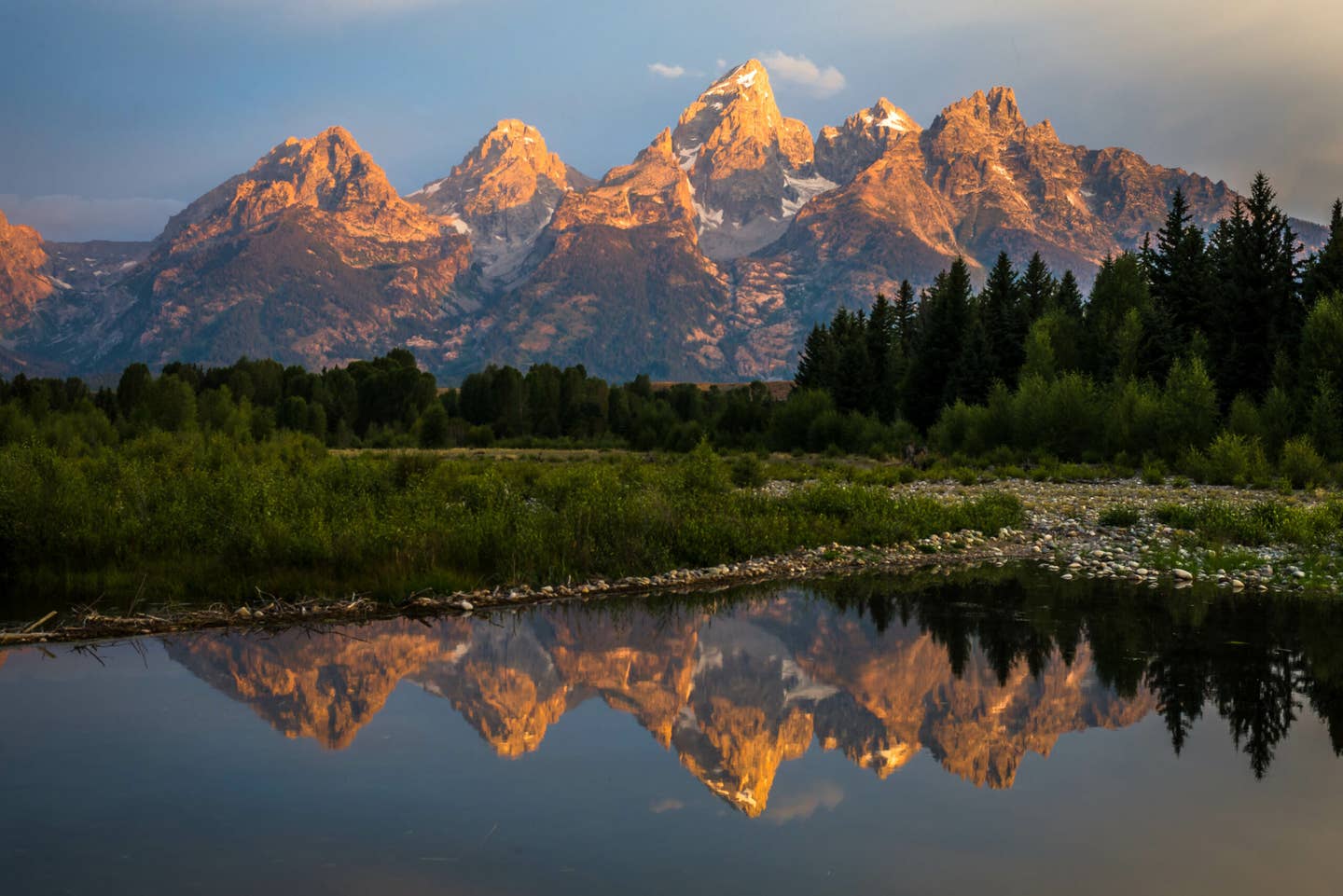

Seven Climbers Killed in Himalayan Avalanche
Popular Stories
At least seven climbers, five foreigners and two Nepalis, were killed Monday after an avalanche struck near the base camp of Yalung Ri, a 5,630-meter (18,471-foot) peak in Nepal’s Dolakha district, according to the BBC.
The slide hit at around 9:00 a.m. local time, as the group was preparing for an acclimatization climb. Two bodies have been recovered so far, while search efforts continue for the remaining five who are believed to be buried under 10–15 feet of snow. Poor weather and difficult terrain has slowed rescue attempts. Deep snow and unstable conditions only worsened the situation.
“The avalanche buried everyone on the slope,” Deputy Superintendent of Police Gyan Kumar Mahato told the Kathmandu Post. “We got the information late, and the difficult weather delayed immediate response.”
So far, eight climbers have been rescued and flown to Kathmandu for treatment.
Those killed include two Italians, a Canadian, a German, a French national, and two Nepali guides. The group was reportedly en route to climb the nearby Dolma Khang (6,332 meters / 20,774 feet), using Yalung Ri as part of their acclimatization schedule.
The avalanche occurred not far from the team’s camp, in a remote area roughly five hours on foot from Na Gaun village. A rescue helicopter eventually managed to reach the site but was hindered by weather and limited visibility.
Sign Up for the TGR Gravity Check Newsletter Now
Yalung Ri Avalanche
Located in the Rolwaling region near Nepal’s border with China, Yalung Ri is considered a less-technical trekking peak, though avalanches remain a known hazard in the area. Nepal’s Department of Tourism and local officials have opened an investigation into the incident.
The tragedy comes only days after 5 German climbers were killed by an avalanche in Northern Italy on November 1. The group had been ascending under a glaciated coloir when the slide fractured above them.
Both incidents underscore the undeniable risks involved with high-altitude mountaineering, even when conditions are thought to be generally more stable.
As always, we encourage anyone venturing into the mountains to take at least an introductory avalanche course like this one.



